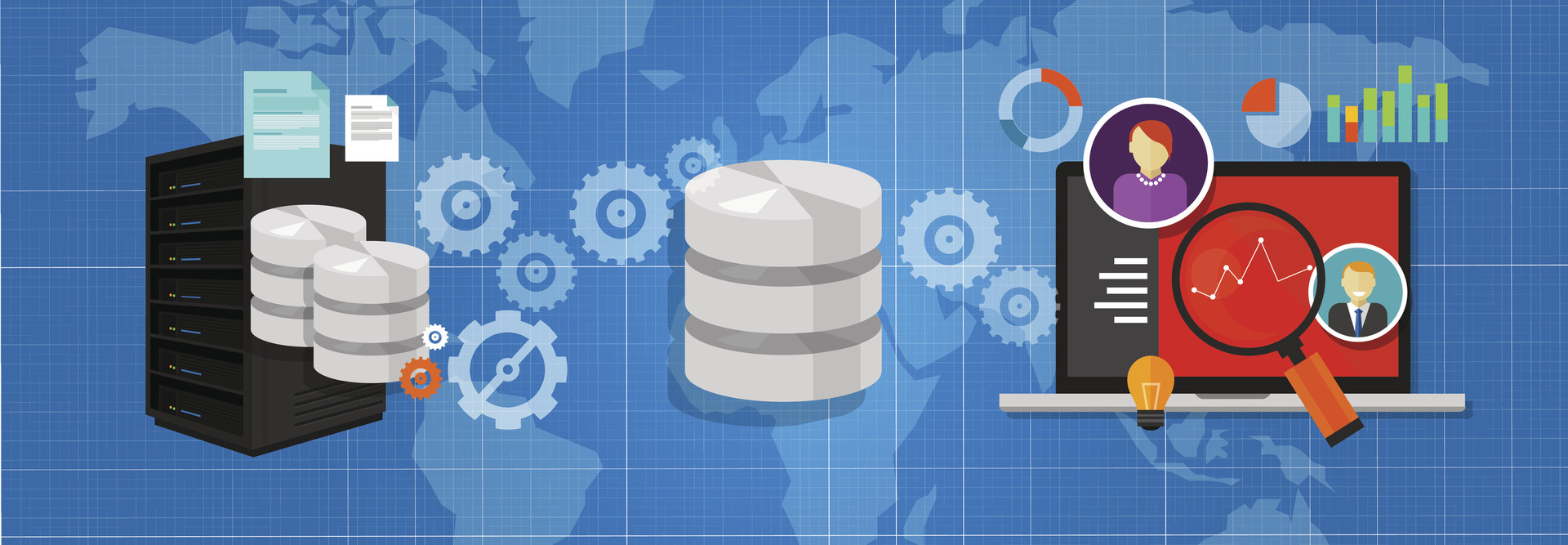Healthcare Organizations Should Embrace Modern Data Center Architecture to Improve Agility, Scalability
The IT market continues to shift with emerging technologies ready for deployment by the healthcare enterprise: enterprise flash, software-defined networks and storage, along with hybrid and public cloud. Over the past few years, these technologies have matured to become cornerstones of the modern data center, while incorporating trust to make data available, secure and protected.
Now, healthcare organizations are taking IT to the next level. They’re moving from traditional on-premises investments to become brokers of trusted IT services, leveraging hybrid cloud capabilities for health systems, doctors and patients.
So what does this IT transformation look like in action? It’s a multistep process.
- Embrace modern architecture — technologies like converged and hyperconverged infrastructure; software-defined, scaled-out and scaled-up storage; and advanced data protection and security.
- Accelerate modern application adoption by rationalizing and seamlessly decommissioning legacy systems. This includes intelligently storing legacy data more cost-effectively while making it simple to access.
- Formulate a new way of managing IT — one that’s hybrid cloud-oriented. Hybrid clouds offer the flexibility to leverage both private clouds (whether they’re in owned or shared data centers) and trusted public cloud services in order to be more agile to meet the growing demands placed on health IT.
- Leverage prescriptive analytics across the continuum of care to address the needs of population health. Data analytics gives the health system the opportunity to move beyond answering “What did we do?” to “What should we do?”
By embracing a modern data center architecture, healthcare organizations can:
- Reduce costs and improve efficiencies across the health system
- Increase care collaboration and more easily distribute or access data within the organization
- Support compliance with protection that’s built in, everywhere
- Enhance security regardless of whose cloud the data may be in or how the organization is moving data between sites
- Better leverage big data analytics for population health management
Over the past few years, healthcare organizations have focused on rolling out key technology and process changes, in particular, electronic medical records (EMRs). Now that those systems are largely in place, health systems can focus on optimizing that infrastructure.
Additionally, technology has matured in the past two or three years, and it’s ready for clinical workloads. Cloud solutions are being embraced as cloud providers add security, service-level agreements and business-associate agreements, and as they tailor solutions specifically to healthcare-provider environments. For instance, enterprise flash is proving itself in clinical applications and delivering fantastic performance. And converged infrastructure has become a standard for simplifying operations for the modern data center.
Now that healthcare organizations are getting past the significant investments they’ve made for EMRs, they’re ready to leverage modern technologies to create IT departments that are agile and can scale rapidly to meet data demands across the continuum of care, while lessening their risk and costs.








